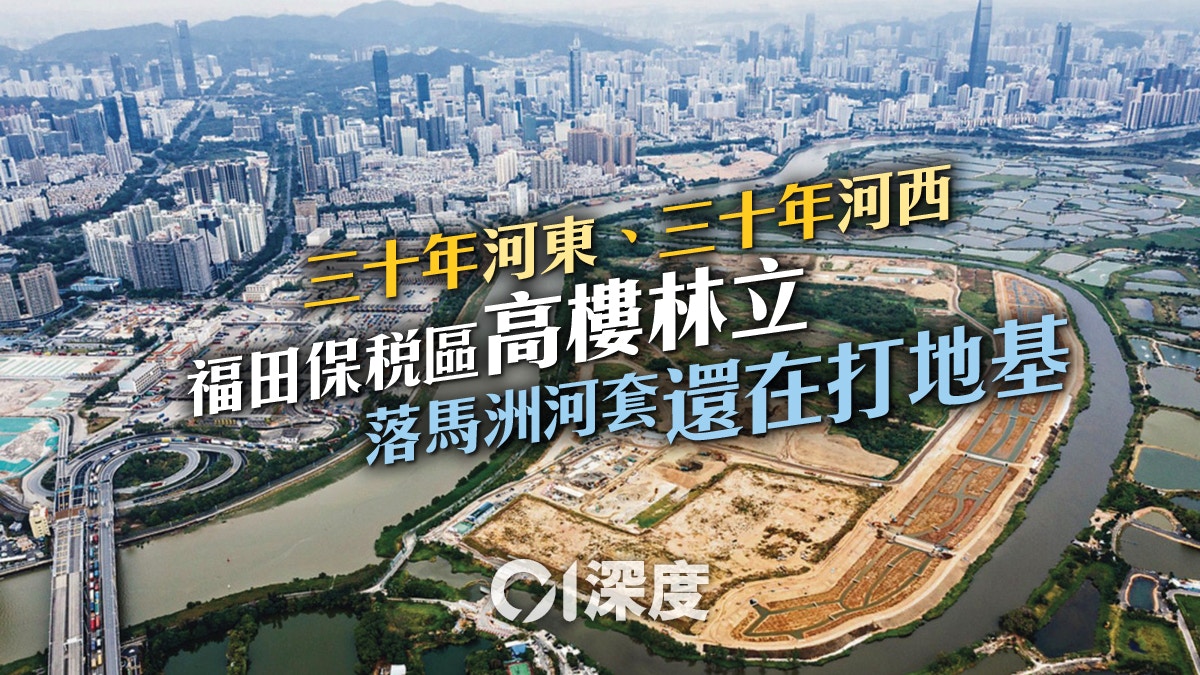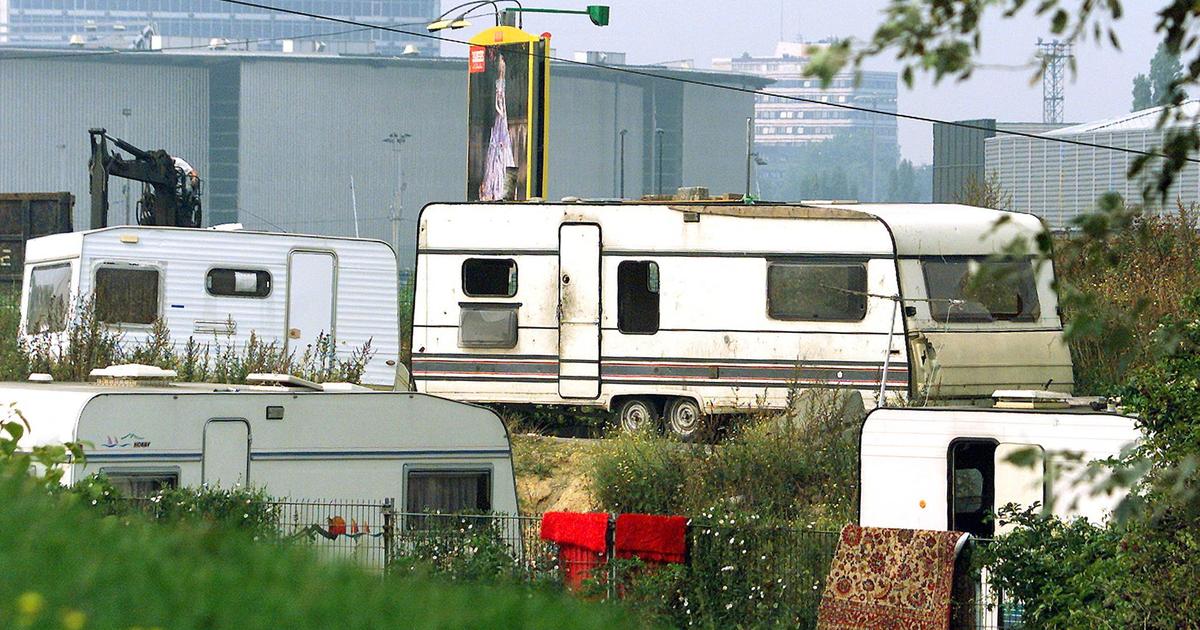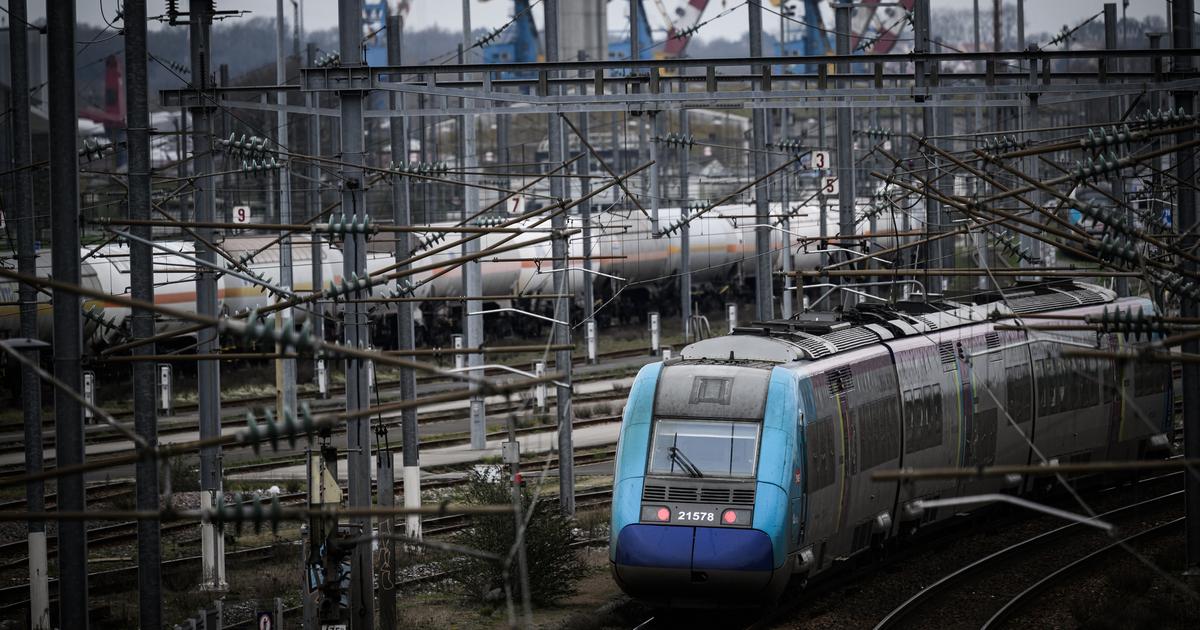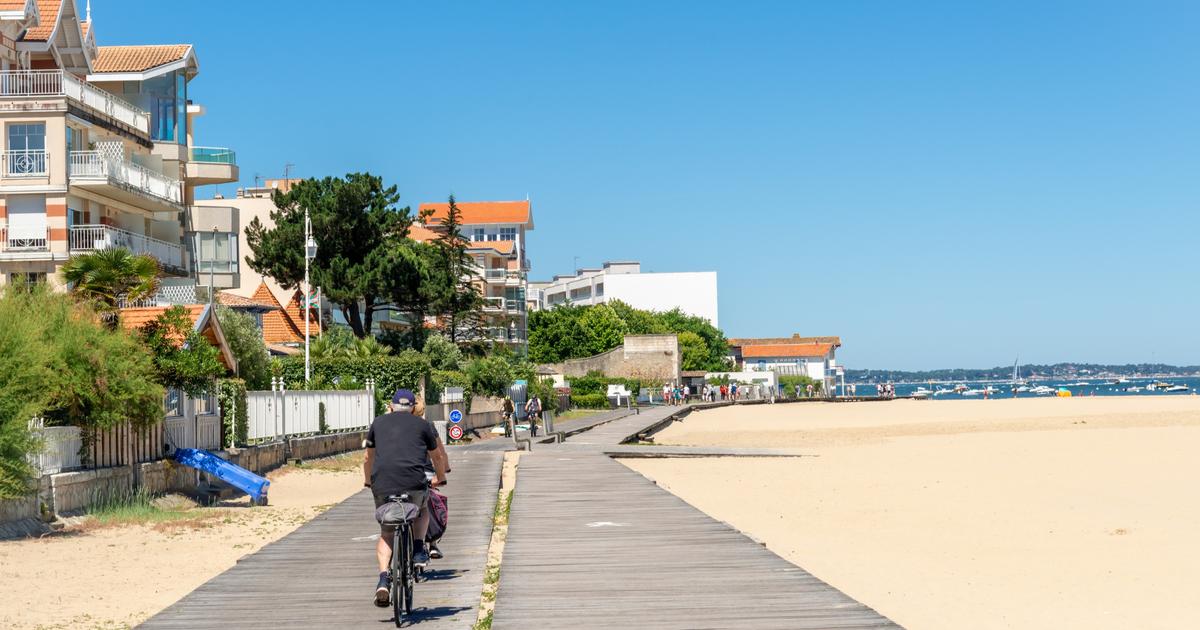"The development of the New Territories is not a "today" problem, but a problem left over from history." Zhang Keke, former deputy director of the Shenzhen Municipal Science and Technology Bureau, currently an expert in the Bay Area Group of the Shenzhen Municipal Decision Advisory Committee, and an advisor to the Shenzhen-Hong Kong-Macao Science and Technology Alliance This is the evaluation of the "Northern Metropolis Development Strategy" (hereinafter referred to as "Development Strategy") announced by the SAR government last Wednesday (October 6).
He emphasized that the plan for the Hong Kong-Shenzhen border region, which has been delayed for nearly 30 years, "is a question of debt repayment, a question of repayment, and a question of the people of the New Territories keeping up with social development and common prosperity."
"Development Strategy" became the biggest highlight of Chief Executive Carrie Lam's last "Policy Address" published last Wednesday (October 6).
However, this large-scale plan surrounding the north of the New Territories and involving nearly one-third of Hong Kong's land actually took shape as early as the 1980s.
"From zero to one" in the North District of the New Territories, Hong Kong has lost too much after 30 years of walking.
The Hong Kong government must use this as a lesson, but it must also speed up its progress, formulate specific timetables, refine measures, implement construction as soon as possible, and pay off the debts owed to Hong Kong people one by one.
The development of the Lok Ma Chau Loop was discussed as early as 1992, but it was not until last year that the land was leveled.
(Profile picture)
Hong Kong-Shenzhen integration has long been planned,
but the return has become a "pause button"
Although Zhang Keke is a mainland expert, he has been involved in research and promotion of Hong Kong-Shenzhen border cooperation for more than 30 years, and he has a good knowledge of the development of New Territories North.
He recalled that as early as 1985, Hong Kong and Shenzhen confirmed the construction of the Huanggang Port. At the same time, they planned the management of the Shenzhen River and the construction of the Meisha Port. The story of Shenzhen and Hong Kong's cooperation in the development of New Territories North was "opened."
In 1991, Zhang Keke was transferred to the Shenzhen Municipal Political Consultative Conference (hereinafter referred to as the Shenzhen Political Consultative Conference) as the head of the organ. Twelve of the CPPCC members were from Hong Kong. Among them were the "Emperor Bus King" and Wen Huo, the former chairman of the Xintian Rural Committee. Thai.
At the invitation of Wen Huotai, Zhang Keke launched a study on the Shenzhen-Hong Kong border cooperation plan and met with leaders at all levels of the central and local governments to demonstrate the possibility of development.
In the following year, the team proposed for the first time the blueprint for building a 7.9 square kilometer "Shenzhen-Hong Kong Cross-border Science Park" combining the geographical advantages of the Futian Free Trade Zone and the Loop. "We all feel that this thing can be done after the return of Hong Kong."
After the return of Hong Kong, the Shenzhen-Hong Kong cooperative development of New Territories North encountered political resistance.
(Photo by Luo Guohui)
However, Zhang Keke and others were too "optimistic" and never thought that after the return of Hong Kong, they would encounter political resistance.
"(Hong Kong) represented by Chen Fang Ansheng (then Chief Secretary for Administration) objected that the land was delimited in accordance with international law, so after July 1st (1997), the Loop is Hong Kong’s land, and Shenzhen cannot come here to discuss development. The problem." Zhang Keke sighed helplessly.
He and his team had already invited Liang Zhenying, a member of the Executive Council at the time, to act as legal counsel to confirm the ownership and legal issues of the land, and obtained the consent of the Hong Kong and Macau Office of the State Council-it can be said that "everything is ready, only the east wind is owed"; but unfortunately, The SAR government still rejected it with a single vote of "differentiated thinking."
Since then, the development of New Territories North has pressed the "pause button."
How many decades are there after
30 years of stagnation and 20 years of developing
Hong Kong?
It took another 10 years, and in 2008, as the Shenzhen economy took off, then Chief Executive Tsang Yinquan put forward the strategic concept of "Hong Kong-Shenzhen International Metropolis" in the "Policy Address". At the same time, he released 2,400 hectares of land in the border restricted area and announced the "Lok Ma Chau Loop". District" construction.
Seeing the emergence of "signs of cooperation" between Hong Kong and Shenzhen, Wen Huotai published an article "New Thoughts on "One River Two Banks" Cooperation and Development between Hong Kong and Shenzhen" (hereinafter referred to as "One River Two Banks") in the forum activities of the government's public consultation. From the perspective of Shenzhen Cooperation, the area to the east of the Loop is planned, and the map (below) is clearly outlined to formally indicate the direction for the development of New Territories North.
In 2008, the research team of the Shenzhen Municipal Committee of the Chinese People's Political Consultative Conference coordinated with the "Hong Kong-Shenzhen Metropolis" policy and proposed a "One River and Two Banks" development concept plan for the development of Hong Kong's North New Territories. Zone E is the Loop.
(Provided by interviewee)
If you compare Wen Huotai's "One River, Two Banks" with the Hong Kong Government's "Development Strategy", it is not difficult to find that the latter mentioned the "two cities and three circles", that is, the "Hong Kong-Shenzhen close interaction circle" and "Shenzhen". The functions of the "Bay Quality Development Circle" and the "Dapeng Bay/Yinzhoutang Ecological Recreation Tourism Circle" (pictured below) are actually in the same line as the "One River, Two Banks" plan.
In the "Northern Metropolis Development Strategy", the concept of "two cities and three circles" proposed by the SAR government is in line with the concept of "one river, two banks".
(Source: "Northern Metropolis Development Strategy"
During the interview, Zhang Keke authorized Wen Huotai's article to be published in "Hong Kong 01", and said: "If your media has a space, you can publish it in full, and the article is still applicable."-"It still applies to this day", it is inevitable. It reflects the "turtle speed" of Hong Kong's planning and development.
This kind of "turtle speed" is evident in the development of the Loop.
Since the development was proposed in 2008, it was not until 2017 that the Hong Kong and Shenzhen governments signed the "Memorandum of Cooperation on Promoting the Joint Development of the Lok Ma Chau Loop Area". The land title issue was resolved and the development of the Loop area officially began.
At the end of last year, the land was finally leveled in the Loop, enabling the first phase of the Hong Kong-Shenzhen Innovation and Technology Park infrastructure project. At this time, the concept of the "Shenzhen-Hong Kong Cross-border Science Park" proposed by Zhang Keke and others in 1992 has passed. For nearly thirty years.
There are more than 300 hectares in the New Territories, including transportation debt, property debt, social life debt and people's livelihood debt.
(The Special Administrative Region Government) It is now to pay off the debt!
Zhang Keke, Think Tank of Shenzhen Municipal Government and Former Deputy Director of Shenzhen Science and Technology Bureau
To "remedy the situation", it should be "faster and faster"
"More than 300 hectares in the New Territories, including transportation debts, industry debts, social life debts and people's livelihood debts. The (SAR Government) is now to pay off debts!" Witnessing Shenzhen and Hong Kong to cross the barriers of "a step forward", Zhang Keke commented on "Development" "Strategy" is "It's not too late to make up for it."
Although it is "it's not too late", since it is "remedying the situation", it is necessary to "hurry up and up."
However, when Chief Executive Carrie Lam attended the RTHK program, he pointed out that the development of the "Northern Metropolis" in 20 years is a "pragmatic timetable."
Thirty years have been lagging behind, and it is another "20 years." Members of the Legislative Council are not satisfied.
Huang Guojian of the Federation of Trade Unions expressed in the "Policy Address" Q&A meeting that he felt "not practical" for the "great plan" of 20 years, while Liu Guoxun of the DAB hopes that the construction will be basically completed in 10 years, and it will only take 15 years. Can mature operation.
Liu Guoxun, a member of the DAB Legislative Council, pointed out that the development speed of the New Territories North District is out of touch with the "Qianhai Plan" and the "14th Five-Year Plan".
(Photo by Lu Yiming)
"We used to develop new towns and built the "Ten Major Infrastructure" in ten years. So much can be done in a short time... Is there any reason today that we can’t build the northern metropolis within ten years?" Liu Guoxun was accepting "Hong Kong" 01 "Still insisted on my point of view during the interview.
He emphasized that the current development speed of the North District of the New Territories is out of touch with the Qianhai Plan and the 14th Five-Year Plan. Qianhai will complete the phased goal of area expansion by 2035, and it will take 17 years for the final occupation of Hung Shui Bridge. , That is, it will take 2038 at the earliest. If other new district constructions are added, it will take at least 20 years.
Legislative Council members' "hurried heart" is reasonable.
The government is required to make specific commitments and speed up the progress. Because the government lacked "governance effectiveness" in the past, social trust has already fallen to a freezing point.
After the "Northern Metropolitan Area" was proposed, the majority of social support voices, perhaps for so many years, there is a rare event that has led to a "consensus" from all walks of life. Of course, members of Congress hope to "ride on the momentum" and make achievements.
But this is only the beginning.
After the applause, there are many specific measures that need to be refined and deepened.
The government of the SAR hopes to fulfill its promise as soon as possible to "pay off" this "debt" and not let the people of Hong Kong be disappointed in the next "30 years."
Related Reading:
Policy Address 2021|The Proposal of the Northern Metropolitan Area
Policy Address 2021|The Hong Kong Government finally recognizes the necessity of "Hong Kong-Shenzhen integration" is a big test
Policy Address 2021|The predecessor of the "Northern Metropolis"-the concept of "One River and Two Banks" 13 years ago
For details, please read the 286th "Hong Kong 01" Electronic Weekly Newsletter (October 11, 2021) "
The Proposal of the "Start of Repaying Debts" for Hong Kong-Shenzhen Economic Integration in the Northern Metropolis
".
If you want to read the full text, please
click here to
sample the weekly e-newsletter and browse more in-depth reports.









